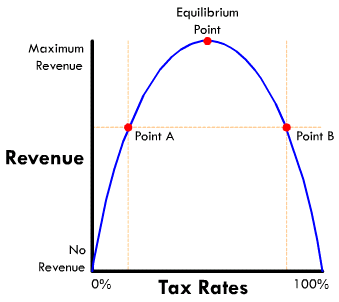Balance of payments
- measure of money inflows and outflows between the US and the rest of the world (ROW)
- inflows are referred as credit
- outflows are referred as debits
- Official reserves accounts
- Current account
- Capital/finance account
- Exports of goods and services - imports of goods and services
- Exports create a credits a balance of payments
- Imports create a debit to the balance of payments
- Income earned by US own foreign assets - Income paid to foreign health US assets
- Ex: interest payments on US only Brazilian bonds - Interest payments on German own treasury bonds
Foreign aid ---> A debit to current account
- Ex: Mexican migrant workers send money to family in Mexico
 Capital/finance account
Capital/finance account- The balance of R ownership
- Includes the purchase of both real and financial assets
- Direct investments in the US is credits of capital account
- Direct investments by US firm/individuals and a foreign country our debit so the capital account
- Purchase a foreign financial assets represented a debit to capital account
- Purchase of domestic financial assets by foreigners represents a credit to the capital account
- The united Arab emirates sovereign wealth fund purchase a large steak in the and a NASDAQ
Relationship between current and capital account
- The current account and the capital account should zero each other out
- If the current account has a negative balance then the capital account should have a positive balance of official reserves
- The foreign Currency holdings of the US Fed reserves SGS
- When there is a balance of payments surplus the Fed accumulates flooring Currency and debits
- When there is a balance with humans deficit the Fed the pleats it's reserves of foreign Currency and credits the balance of payments
- The official reserves zero out the balance of payments
- Balance of trade= Good exports + goods imports
- Balance of goods and services = good exports + service exports - goods imports + services imports
- Currency account = balance of goods + services + not investments + net transfers
- Balance on capital account = investments or stocks and bonds
- Official reserves = current account ( whatever falls into the category of investments or stocks and bonds) + Capital account = 0
Foreign exchange
- The buying and selling of Currency
- Any transactions that occurs in the balance of payment necessitates foreign exchange
- The exchange rate is determined in the foreign Currency market
- Consumer taste
- Relative income
- Relative price level
- Speculation
- depreciation of the money causes American goods to be cheaper and foreign goods to be more expensive does increasing exports in reducing imports
5/11/17
- specialization-individuals and countries can be made by better off if they will produce in what they have a comparative advantage and then trade with other countries for whatever else they want/need
- absolute advantage - The producer that can produce output or requires the least amount of input
- comparative advantage - The producer with the Lowe's opportunity cost
- Country should trade if they have relatively lower opportunity cost
- they should specialize in the good that is cheaper for them to produce
Input versus output
- an output problem presents the data as products produced given a set of resources
Ex: Number of pens produce
- an input problem presents the data as amount of resources needed to produce a fixed amount of output
Ex: Number of labor hours to produce 1 bushel
- when identifying an absolute advantage and input problems change the scenario friend who can produce a given product with least amount of resources
























